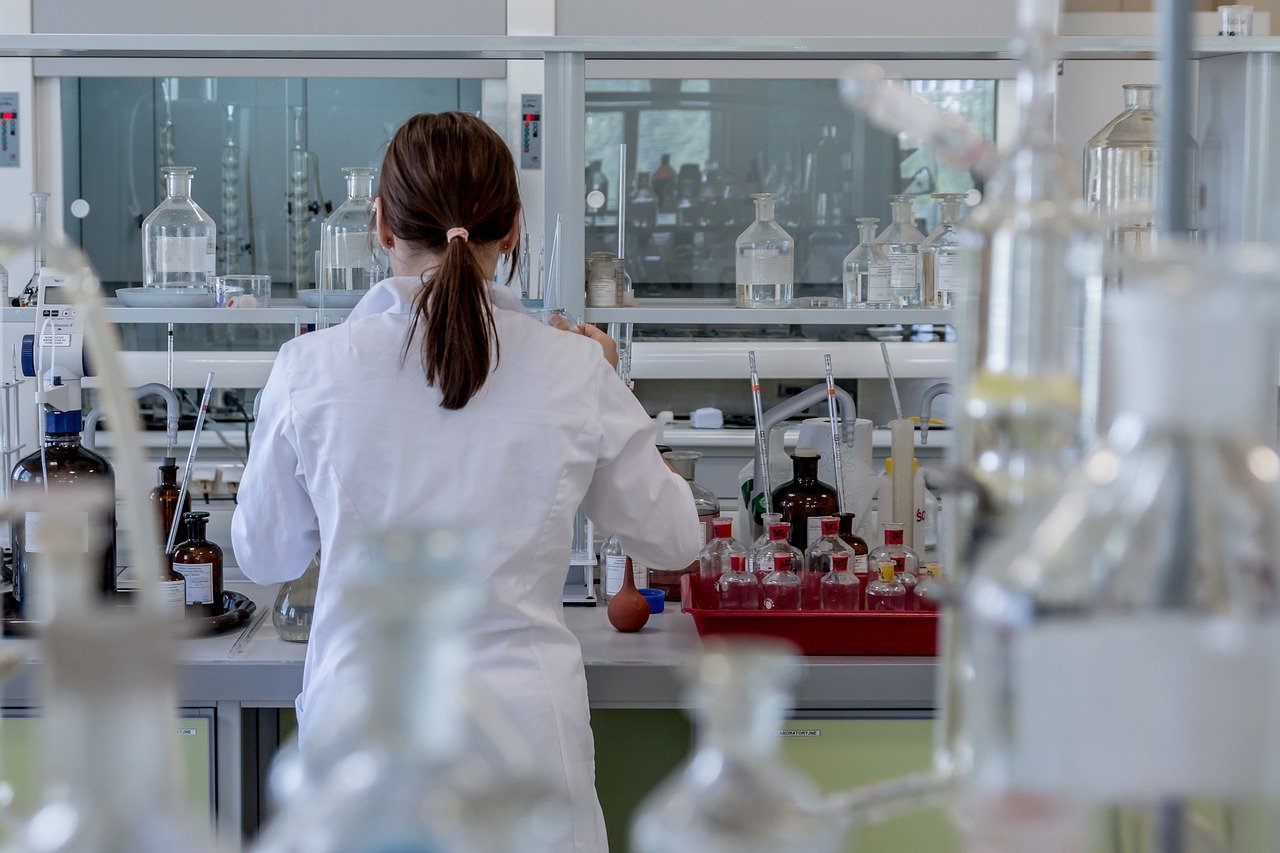In Vivo testing is the use of living cultures and subjects for drug and therapy testing. This can be as simple as testing a delivery method, or as important as trying to cure cancerous cells. It is the counterpart to In Vitro, the use of synthesized tissues in a petri dish or other receptacle. In an age of medical advancement, why do we still use In Vivo testing at all? Read below to discover what makes In Vivo testing unique, and uniquely enlightening.
Genetics
One key way in which In Vivo testing is vital for medicine is access to fully complete genetic processes. As the parts of the specimen are not separated or synthesized, the reaction to testing is the most authentic and realistic we can access. The common idea of the “lab rat” has been proven in recent years to be the most authentically “human” reaction we can achieve with rodents. Mice are further, genetically, from us than rats. Rats also boast a stronger body and a larger body, which make a transgenic rat the best option for In Vivo, or any, testing. The “blank slate” nature of the model means even tiny deviances in the drug or therapy are detected. This could potentially halt the production of a drug that would otherwise have been fatal to humans.
Behavior
One way in which In Vivo testing differs from In Vitro is access to the moment-to-moment behavior of a model. Rats are intelligent, reactive creatures and, thus, can be used for behavioral study as well as neurological ones. Measuring memory and intelligence isn’t possible with many animals that have temperamental parameters of both, while rats can be consistently seen to exhibit this memory and even regular emotions (namely empathy). It is only possible In Vitro to see what happens when a drug meets a cell, not to see the real-world effects of such a happening.
Cost
While no clinical trials are particularly cheap, saving on synthesis equipment by using In Vivo models is one way to make the test more valuable while spending either an equal amount or less. By making sure data recovered is genetically appropriate, and adaptive enough to include behavioral aspects too, In Vivo models give more value for money both purely financially and in terms of their research value.
There Is a Place for Both Methods in Modern Medicine
It’s clear from studies that In Vivo testing is the most scientifically relevant method, but that doesn’t stop In Vitro testing from pushing other frontiers and advancing the industry. Whether it be moral concerns or smaller tests that simply don’t need to engagement and complexity of an In Vivo model, there will be studies that use In Vitro and develop that technology stories. The closer we get to synthesizing complex life, the close we can be to replicating the adaptability and depth of a transgenic rat model. Until then, In Vivo testing is here to stay for advanced medical tests.









